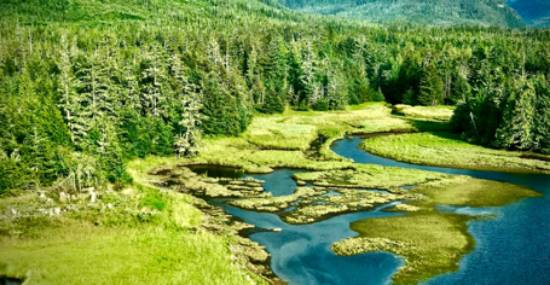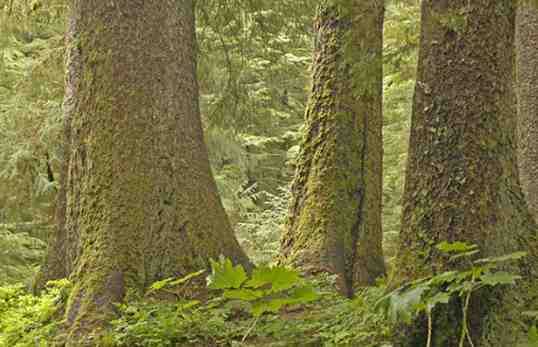Seine, troll and gillnet harvesters in Southeast Alaska are appealing to federal authorities to keep the Roadless Rule intact for Tongass National Forest to protect spawning grounds for salmon and the livelihoods of hundreds of area residents.
“We need to manage Southeast Alaska for fish habitat, not logging,” says commercial harvester Jeff Farvour, vice president of the board of the Alaska Longline Fishermen’s Association.
Farvour noted that there have been record low returns of pink and coho salmon in Southeast Alaska these past few years and back to back droughts too, plus back to back blobs in the Pacific Ocean, which have not been kind to salmon. “Why would anybody support this (exemption to the roadless rule for the Tongass) knowing it’s going to add more challenges?” he asked.
Farvour is one of more than 200 commercial harvesters in Southeast Alaska who signed a letter addressed to US Secretary of Agriculture Sonny Perdue and Chief of the US Forest Service, Vicki Christiansen, urging continued support for the Alaska Roadless Rule in the Tongass.
The letter was sent out originally to Perdue and Christiansen to express the fishermen’s concerns over an exemption. In early October copies were hand-delivered to Alaska’s congressional delegation, who along with Alaska Gov. Mike Dunleavy favor that exemption.
[content id=”79272″]
They contend that the roadless rule hinders responsible timber harvest, mineral development and energy projects to lower costs, and that the exemption would benefit the economy of Southeast Alaska Opponents said removing of Roadless Rule protections in the Tongass threaten salmon habitat, food security, tourism and some of the wildest places remaining on earth.
“Please protect our livelihoods and Alaska’s salmon spawning grounds by selecting an alternative that broadly protects fish habitat, continues the phase-out of industrial-scale old-growth clear-cutting, and prioritizes the restoration of degraded watersheds and streams,” the letter from the fishermen read. “Commercial fishing is the economic backbone of Southeast Alaska. There are troll permit holders living in every single community in Southeast Alaska. Eighty percent of all the Southeast salmon permit holders – trollers, seiners, and gillnetters – are Alaskan residents.
“Our livelihoods rely on the health of the salmon, and salmon are reliant upon the health of the Tongass National Forest; these streams and rivers produce 80 percent of the commercial salmon harvested from Southeast Alaska each year,” they wrote.
A fact sheet compiled by the US Forest Service notes that Tongass fisheries biologists have recorded 14,873 miles of anadromous rivers and streams and 123,173 acres of lakes and ponds that support and produce wild salmon in the forest. Salmon-derived nitrogen has been found in trees more than 500 yards away from salmon streams, particularly in areas where bears feed on salmon,” the document notes, and “more than 50 species of animals feed on salmon when they return to spawn in freshwater.”
Fishermen’s News Online grants permission to the Alaska Native News to post selected articles. Read More at: Fishermen’s News Online.




